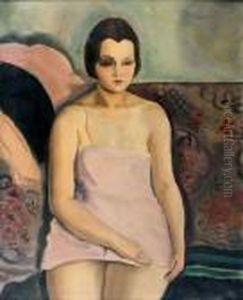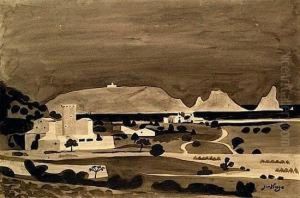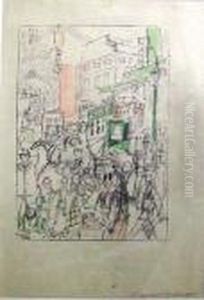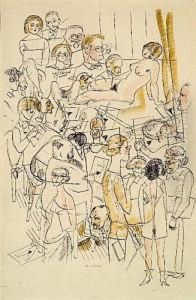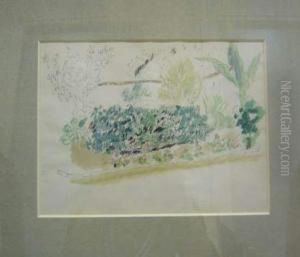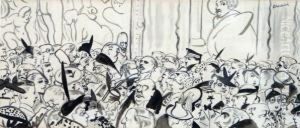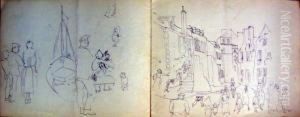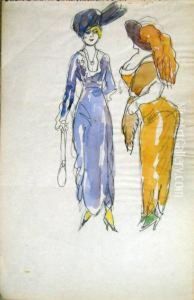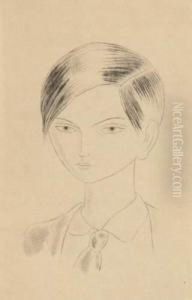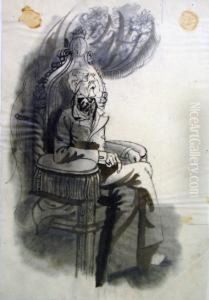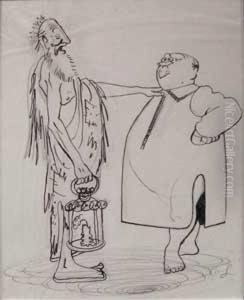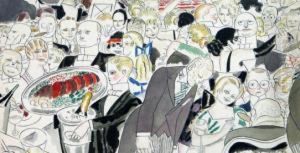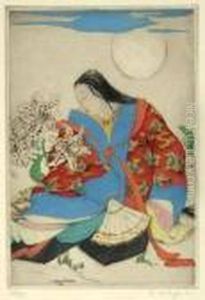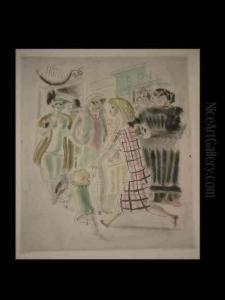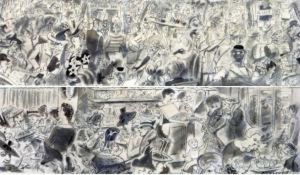Chas-Laborde Paintings
Charles Laborde, known as Chas-Laborde, was a French artist born on March 30, 1886, in Buenos Aires, Argentina. He came from a wealthy family background which allowed him to travel extensively and receive a comprehensive education. His family returned to France when he was young, and he spent most of his life there.
Chas-Laborde was a man of many talents, including illustration, painting, and writing. He was particularly renowned for his illustrations, which appeared in numerous books and periodicals. His style was characterized by sharp lines and often reflected the lively Parisian culture of the early 20th century. He had a keen eye for the whimsical and satirical, which earned him a reputation as a social commentator through his art.
Laborde's work was not limited to illustration alone; he also produced watercolors and prints. His subjects ranged from scenes of everyday life in Paris to the experiences of World War I, where he served as a soldier. This period had a significant impact on his work, and many of his pieces from this time depict the grim realities of war.
Throughout the 1920s and 1930s, Chas-Laborde's work was widely exhibited in Paris and abroad. He was associated with other prominent artists and literary figures of the time and contributed to the vibrant cultural life of Paris between the wars. Despite the popularity he enjoyed during his lifetime, his work became less known after his death on January 11, 1941.
Today, Chas-Laborde is remembered for his unique contributions to French art, particularly his ability to capture the spirit of his age with wit and a sharp eye. His legacy lives on in the collections of various French institutions and in the continued appreciation of his distinctive style and insightful portrayals of early 20th-century life.
